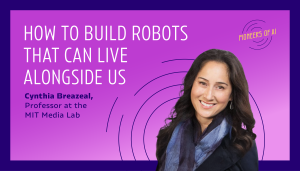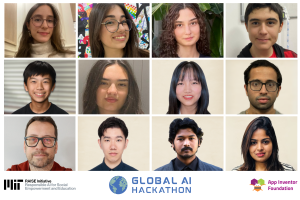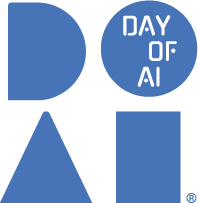On the morning of June 5, students from two Boston high schools gathered at the Museum of Fine Arts to celebrate the 2025 Day of AI, sharing original projects developed using the new RAISE-developed curriculum AI and the Creative Arts. The event, hosted by MIT RAISE, Day of AI, and the MFA, brought together educators, technologists, and artists to explore how artificial intelligence is shaping creative expression.
RAISE Director Cynthia Breazeal opened the event by noting that “in the creative arts, AI has been both positive and not so positive,” with new and experienced artists alike finding expressive opportunities—but often through generative AI platforms trained on other artists’ copyrighted work.
To explore those upsides and downsides, the high school students recently participated in workshops using the new curriculum to create self-portraits for the day’s showcase. Their work demonstrated how AI tools can not only generate and analyze content but also spark conversations about the role of technology in society.
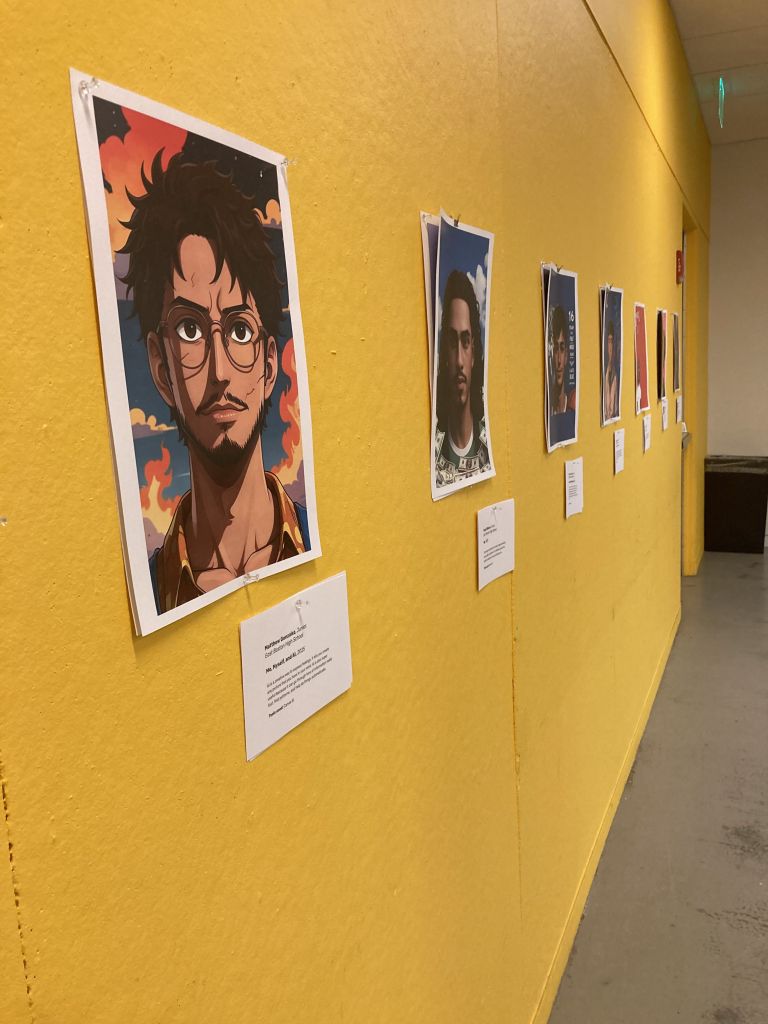

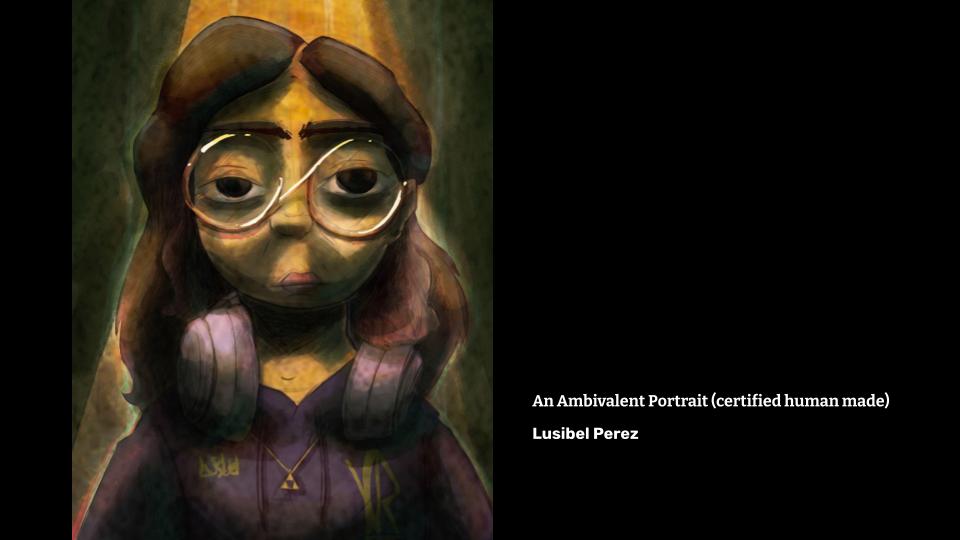
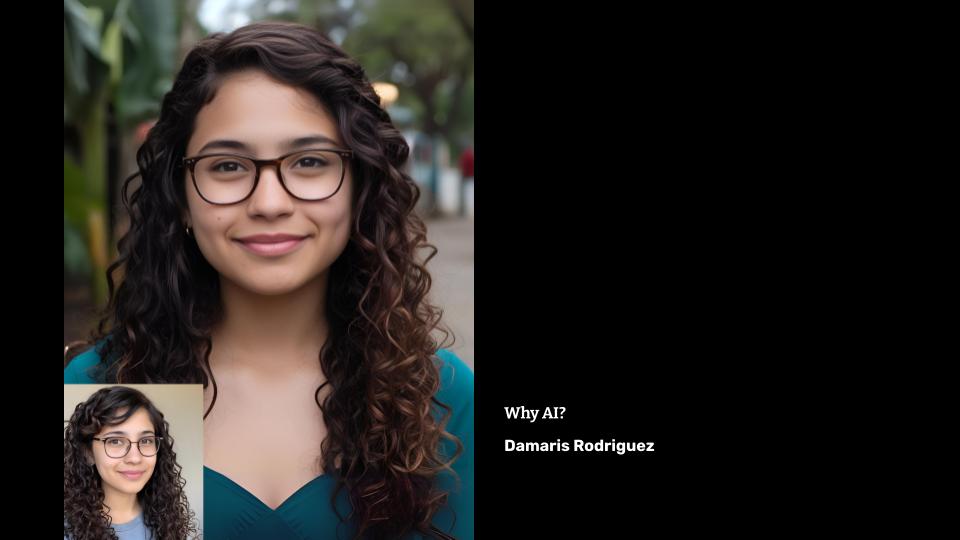
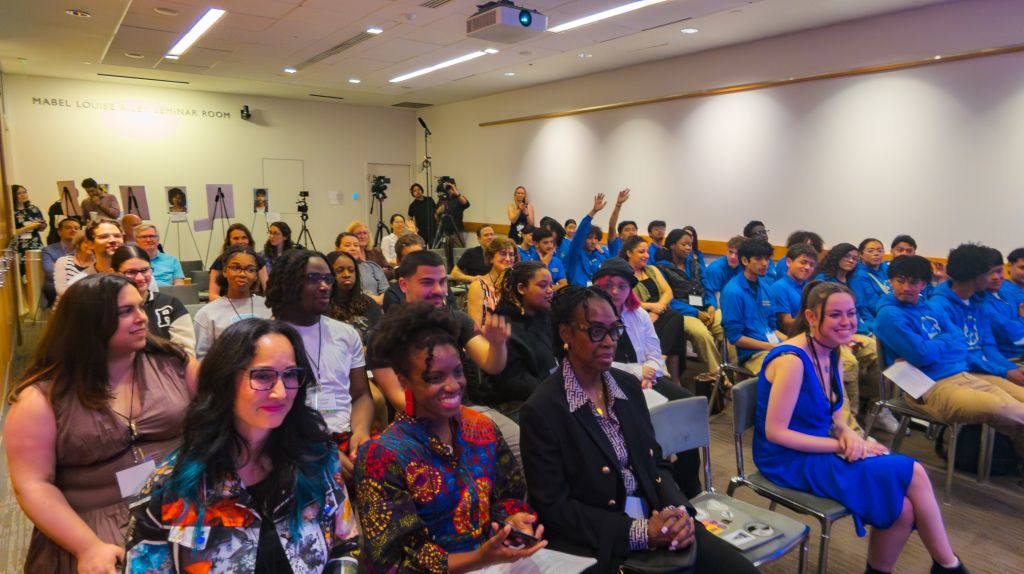
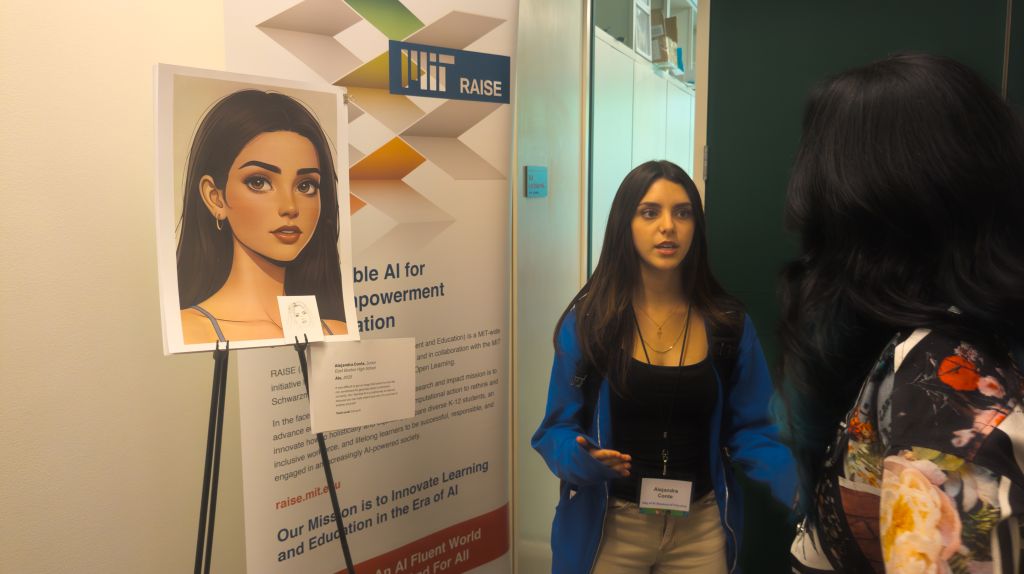
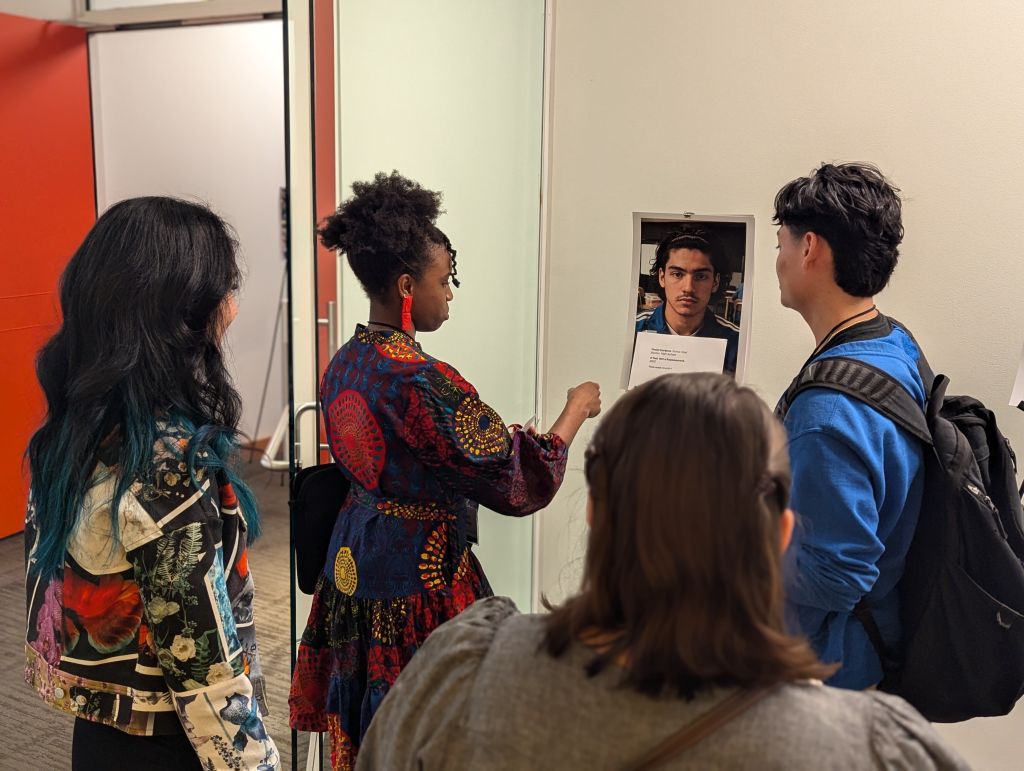
At the MFA, Boston students presented AI-generated self-portraits created as part of an art and AI curriculum.
NYU professor Safinah Ali, an MIT alum, led the development of the new Day of AI curriculum. It came together over the course of the past year, first through AI and art workshops held with younger students at the MIT Media Lab.
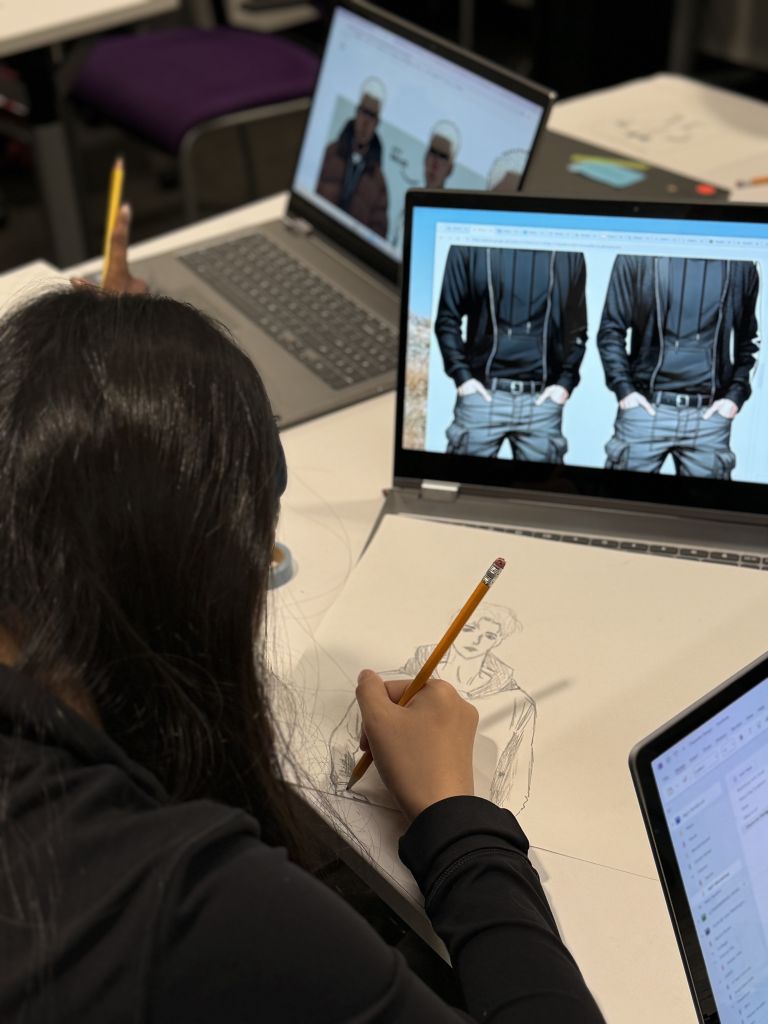
At the MFA, Ali emphasized that the curriculum’s purpose is to center artistic expression – how AI as a medium is impacting art making and art learning – not to teach students simply how to use generative AI tools for their own sake. About her reasons for taking on this topic, Ali said:
“I felt that there was an urgent need for future artists, future creators to know about this technology, how it impacts the art world, what its creative applications are, and what the societal implications are. I designed the art and AI curriculum with art teachers, and specifically for art students, keeping the spirit of creative learning alive.”
Doing so allows teachers and students to explore more fundamental questions around creativity and ethics. In her workshops with students, Ali found they were “able to express their unique stories using this new compelling medium” while simultaneously “already able to express their concerns about AI, about the stereotypes that show up.” Student prompts asking to generate images of a “teacher,” for example, almost always resulted in a man. Prompts for a “hungry child,” Ali said, almost always resulted in images of children from South Asia.
Day of AI researcher Randi Williams, also an MIT alum, in turn spoke of how “These tools are visions of the future but want to take us back to the past” by relying on so much prior material. “They’re wicked problems,” she said as part of a session titled “Me, Myself, and AI” introducing AI projects from three local high school students.
The students, from East Boston High School and Brooke High School, presented AI-generated self-portraits in a gallery-style walkthrough with guests. On a panel, three of the students also discussed their reactions at the time they worked on their projects. One described “a feeling of envy” at seeing unrealistic AI-generated portraits of herself. Another explained their decision not to use generative AI tools at all, citing concerns about the environmental impact of the energy- and water-intensive data centers needed to run the systems.

Other speakers such as Boston artist, educator, and researcher Wen Yu were more sanguine. “AI learning is more accessible for students,” she said, because it can be used in different contexts, be more personalized, and free classroom resources for tasks best handled by teachers. To that point, she asked ChatGPT “What is art?” Part of its reply: “Art is a human activity.”
Ali struck a note of optimism as well in her earlier talk. She described the successes that came out of the new curriculum:
“Students created beautiful portraits, character designs, games, music, animations, and mixed-media artwork. They created policies around the use of AI in art, the use of AI in their classrooms, and debated the ethical implications of AI in creative industries. They had such profound deep reflections on what emerging technologies are shaping their futures.”
The audience comprised not only students and educators but a number of special guests such as Mechalle Brown of the 7uice Foundation (founded by Mechalle’s son, Boston Celtics All-Star Jaylen Brown), Hilary Brayton of the Vertex Foundation, Jeanne O’Keefe of MathWorks, and even local WBZ News Radio personality Dan Rea, to whom we’ll give the last word in this clip from that evening’s episode of his show NightSide:


